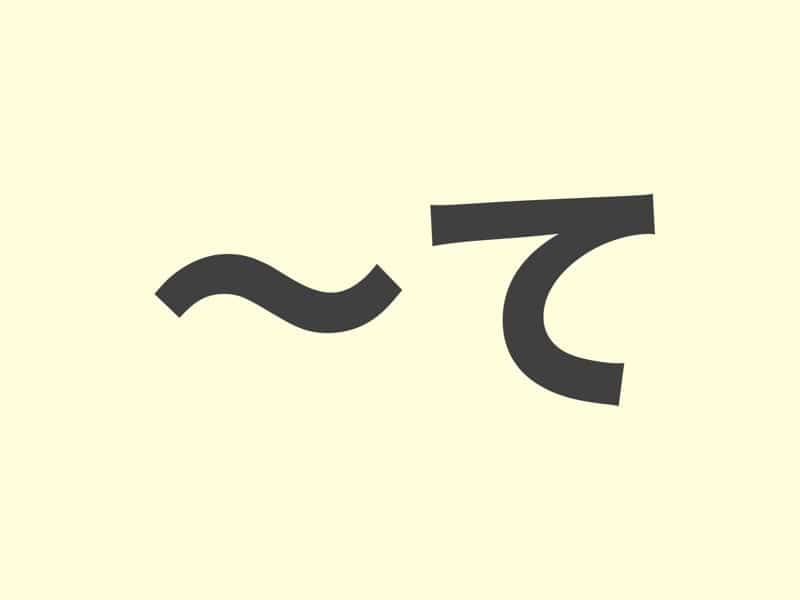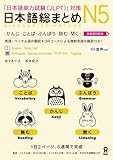説明 (Explanation)
文法(Grammar):て形 (Connect Sentences)
意味(Meaning):文を繋げるときに使います。て形がわからない場合は、「それから」を使って文を繋げます。A。それから、B。
英語(English):Using the て form is like using “and” or “then” in English to link actions.
例文 (Examples)
- 6時に起きて、朝ごはんを食べて、仕事へ行きます。
- 晩ご飯を食べて、テレビを見て、寝ます。
- 東京駅から地下鉄に乗って、渋谷駅で降ります。
- 明日東京へ行って、友達に会って、買い物します。
ひらなが (Hiragana)
- ろくじにおきて、あさごはんをたべて、しごとへいきます。
- ばんごはんをたべて、てれびをみて、ねます。
- とうきょうえきからちかてつにのって、しぶやえきでおります。
- あしたとうきょうへいって、ともだちにあって、かいものします。
Romaji
- rokuji ni okite, asagohan o tabete, shigoto e ikimasu.
- bangohan o tabete, terebi o mite, nemasu.
- Tōkyō eki kara chikatetsu ni notte, Shibuya eki de orimasu.
- ashita Tōkyō e itte, tomodachi ni atte, kaimono shimasu.
英語翻訳 (English Translation)
- I wake up at six, eat breakfast, and go to work.
- I eat dinner, watch TV, and go to bed.
- I take the subway from Tokyo Station and get off at Shibuya Station.
- Tomorrow, I will go to Tokyo, meet my friends, and go shopping.






コメント